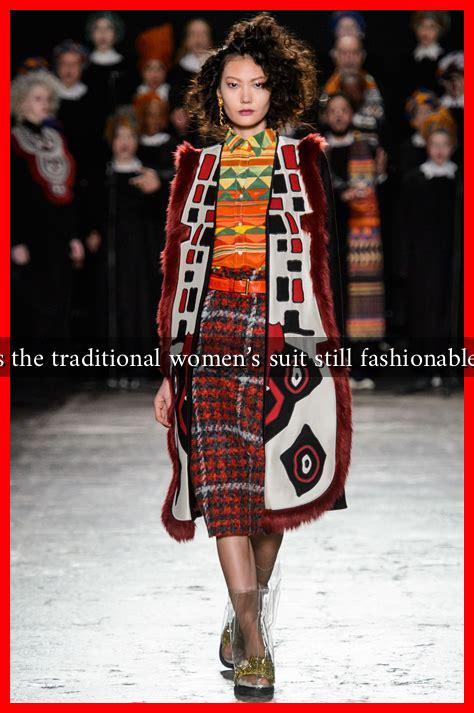-
Table of Contents
Is the Traditional Women’s Suit Still Fashionable?
The traditional women’s suit, often characterized by tailored blazers and matching trousers or skirts, has long been a symbol of professionalism and empowerment. However, as fashion trends evolve, many are left wondering: is the traditional women’s suit still fashionable? This article explores the current relevance of the women’s suit, its evolution, and how it fits into today’s fashion landscape.
The Evolution of the Women’s Suit
The women’s suit has a rich history, dating back to the early 20th century when women began to enter the workforce in greater numbers. Pioneers like Coco Chanel and Marlene Dietrich popularized the suit as a statement of independence and strength. Over the decades, the suit has undergone various transformations, adapting to changing societal norms and fashion trends.
- 1920s-1930s: The flapper era introduced more relaxed silhouettes, but the suit remained a staple for women in professional settings.
- 1980s: The power suit emerged, characterized by bold shoulder pads and vibrant colors, symbolizing women’s growing presence in corporate environments.
- 2000s: The suit became more versatile, with designers experimenting with fabrics and cuts, making it suitable for both formal and casual occasions.
Current Trends in Women’s Suits
Today, the traditional women’s suit is experiencing a renaissance, albeit with modern twists. Designers are reimagining the classic silhouette, incorporating innovative fabrics, colors, and styles. Here are some current trends:
- Oversized Fits: The oversized blazer trend has gained traction, offering a relaxed yet chic alternative to the fitted suit.
- Bold Colors and Patterns: Bright colors and unique patterns are making the traditional suit more expressive and less monotonous.
- Mix and Match: Women are increasingly mixing suit pieces with casual wear, such as pairing blazers with jeans or skirts with graphic tees.
Case Studies: Influential Figures and Brands
Several influential figures and brands have played a significant role in keeping the traditional women’s suit fashionable:
- Michelle Obama: The former First Lady often donned tailored suits, showcasing their elegance and versatility. Her style choices have inspired many women to embrace the suit as a fashion statement.
- Rihanna: The pop icon has been seen in various iterations of the women’s suit, from classic to avant-garde, proving that the suit can be both stylish and edgy.
- Brands like Theory and Veronica Beard: These brands have successfully modernized the women’s suit, offering pieces that cater to contemporary tastes while maintaining a professional edge.
Statistics and Market Insights
The global women’s suit market is projected to grow significantly in the coming years. According to a report by Grand View Research, the women’s formal wear market is expected to reach $60 billion by 2025, driven by the increasing number of women in the workforce and the demand for stylish yet professional attire.
Moreover, a survey conducted by the fashion platform Lyst found that searches for women’s suits increased by 30% in 2022, indicating a resurgence in interest. This data suggests that the traditional women’s suit is not only surviving but thriving in today’s fashion landscape.
Conclusion: The Timelessness of the Women’s Suit
In conclusion, the traditional women’s suit remains a fashionable choice for many women today. Its evolution reflects broader societal changes and the ongoing quest for empowerment and self-expression. With modern adaptations and a growing market, the women’s suit is not just a relic of the past but a versatile wardrobe staple that continues to adapt to contemporary tastes.
As we move forward, it is clear that the traditional women’s suit will remain relevant, serving as a canvas for personal style while embodying professionalism and confidence. Whether in the boardroom or at a casual gathering, the women’s suit is here to stay.
For more insights on women’s fashion trends, visit Vogue’s Fashion section.

